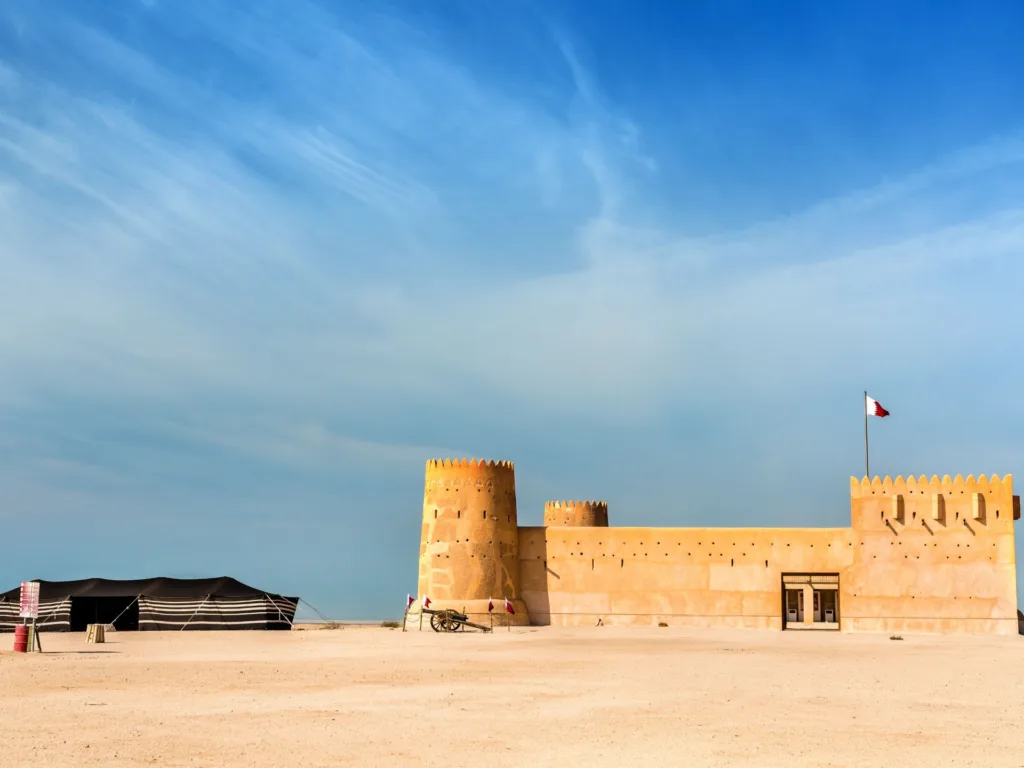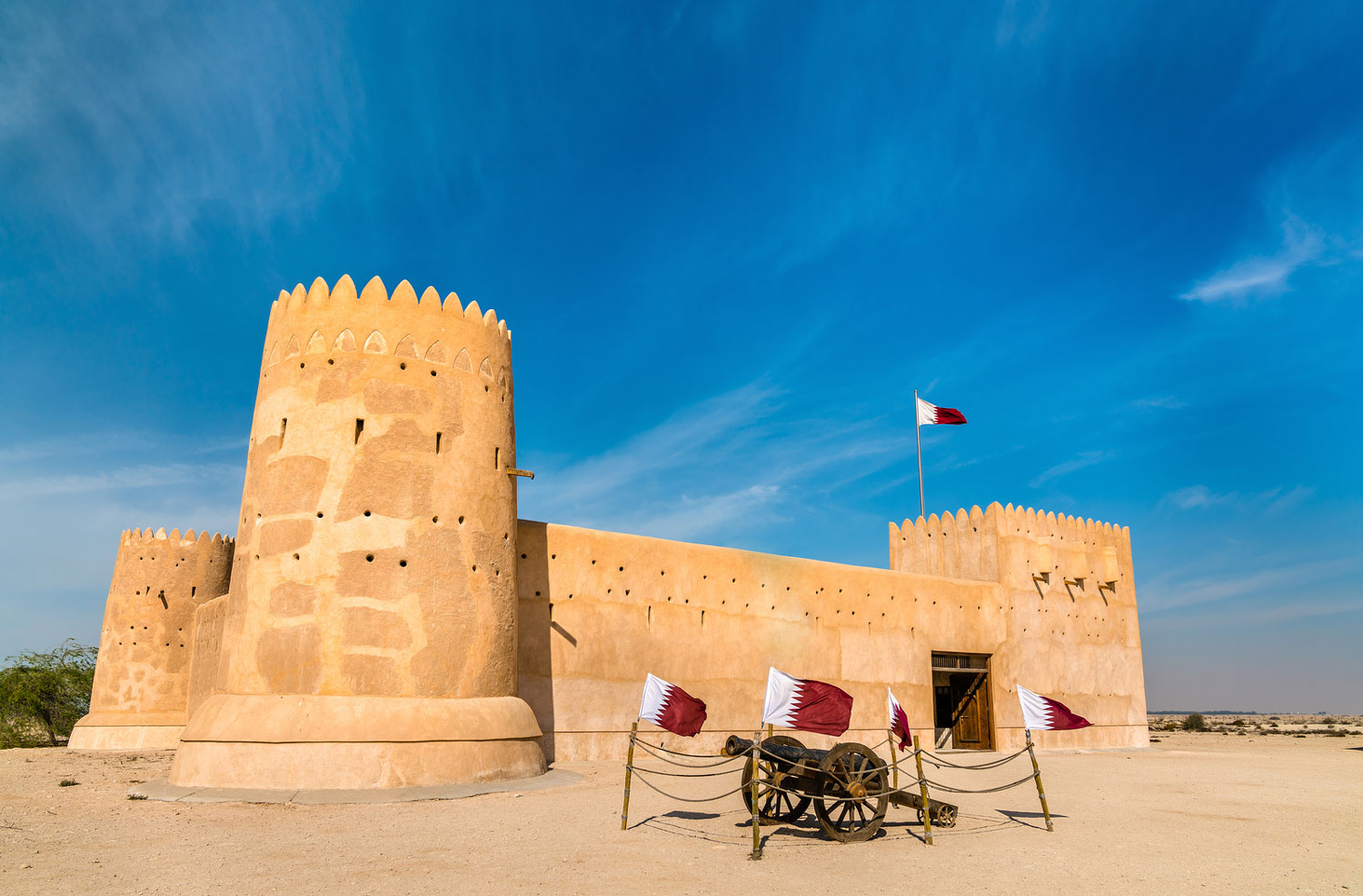Exploring the flourishing past of Al Zubarah
In the late 18th and early 19th centuries, the walled coastal town of Al Zubarah, nestled along the shores of the Persian Gulf, flourished as a bustling hub of pearling and trade. Founded by Utub merchants from Kuwait, its prosperity stemmed from its involvement in trading high-value commodities, particularly pearls. At its peak, Al Zubarah boasted trading links with the Indian Ocean, Arabia, and Western Asia, solidifying its position as a key player in the region’s commerce.

A legacy of prosperous trading towns
Al Zubarah was part of a lineage of prosperous, fortified trading towns that dotted the coast of what is now Qatar and other Persian Gulf regions since the early Islamic period. These towns, including Al Zubarah, developed symbiotic relationships with inland settlements and competed for dominance over the lucrative Indian Ocean trade routes.
Rise and fall: the story of Al Zubarah
Despite its prosperity, Al Zubarah met its demise in 1811 and was gradually abandoned in the early 20th century. As time passed, the town’s structures succumbed to the relentless advance of desert sands, leaving behind a silent testimony to its former glory.
Preserving history under the desert sands
Remarkably, Al Zubarah’s layout remained preserved under the desert sands, offering a glimpse into the vibrant trading society of the 18th and 19th centuries. Its intact urban landscape serves as a poignant reminder of a bygone era, where commerce thrived amidst the harsh desert environment.


Understanding Al Zubarah’s significance
What sets Al Zubarah apart from other trading towns is not its uniqueness but rather its role as a testament to a tradition that shaped the region’s history. As an abandoned settlement, it provides invaluable insights into the merchant and pearl trading traditions of the Persian Gulf, highlighting the region’s strategic importance in global commerce.
UNESCO recognition: a testimony to history
Al Zubarah’s recognition by UNESCO underscores its exceptional value as the only remaining complete urban plan of an Arabian pearl-merchant town. Its inclusion as a World Heritage Site reaffirms its significance in preserving the cultural heritage of the region.


Human interaction with the sea and desert
The remnants of Al Zubarah bear witness to the close relationship between its inhabitants and the sea, as well as the harsh desert environment. Artifacts such as pearl divers’ weights and depictions of dhows offer insights into the town’s maritime connections, while agricultural remnants reflect its reliance on the desert hinterland.


Protecting Al Zubarah’s legacy
Despite the passage of time, efforts to protect and preserve Al Zubarah’s remains are ongoing. Legal protections, conservation strategies, and collaborative initiatives ensure that this invaluable piece of history continues to inspire future generations.
Legal safeguards and conservation efforts
Al Zubarah benefits from stringent legal protections, designating it as an archaeological site of national importance. Conservation efforts focus on stabilizing and protecting its fragile remains, while training programs ensure a skilled workforce capable of undertaking restoration activities.


Securing the future: management and development
Comprehensive management plans outline strategies for archaeological investigation, conservation, and tourism development. Through collaboration between stakeholders and ongoing research, Al Zubarah’s legacy is poised to endure for generations to come.





